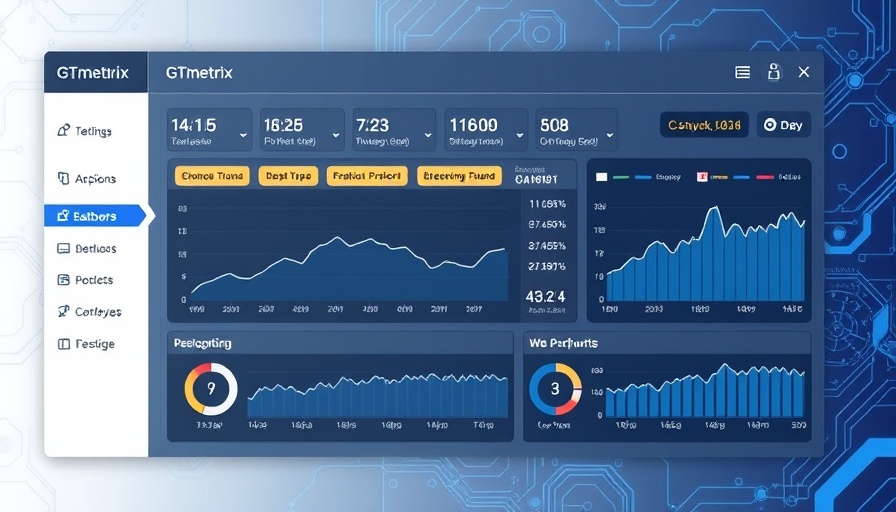
Understanding the Crucial Role of CrUX Data
As online users demand faster and more responsive web experiences, developers and website owners must understand how to improve site performance. The Chrome User Experience Report (CrUX), integrated within GTmetrix, allows you to tap into real user data to gauge performance. Unlike lab data, which presents theoretical performance scenarios, CrUX offers insights based on actual user experiences across various devices.
How to Access CrUX Data on GTmetrix
To glean valuable insights from CrUX, visit the CrUX tab in your GTmetrix report. This feature is only available for Lighthouse-based reports, people who are accustomed to using Legacy Reports (PageSpeed/YSlow) won't find this tab. In the CrUX section, you’ll find data compiled over the last 28 days, showcasing metrics like Largest Contentful Paint (LCP) and First Contentful Paint (FCP). This information enables you to prioritize technical improvements by understanding how real users experience your website.
Deciphering the Metrics: A Deeper Look at Each CrUX Element
The CrUX tab breaks down user experiences into five primary metrics:
- Largest Contentful Paint (LCP): An essential measure of loading performance, indicating how long it takes for the main content of the page to load.
- Interaction to Next Paint (INP): This metric gauges responsiveness, replacing the previously used Total Blocking Time (TBT).
- Cumulative Layout Shift (CLS): A critical measure of visual stability during loading, which directly impacts user experience.
- Time to First Byte (TTFB): Reflects the time it takes for the server to send the initial response, showcasing server response time.
- First Contentful Paint (FCP): A measure of how quickly any content is rendered on the screen, providing a signal to users about loading speed.
For web developers, understanding these metrics is vital for making informed decisions that enhance both speed and user satisfaction.
Common Challenges with CrUX Data
While CrUX data is invaluable, it’s important to recognize its limitations. For instance, not all pages may have CrUX data due to the necessity for high traffic volumes. Additionally, the data reflects an aggregate snapshot of user experiences, which may mask certain performance nuances specific to your website.
As a best practice, ensure your site qualifies for inclusion in the CrUX dataset by consistently delivering quality user experiences. This proactive approach maximizes your chances of collecting meaningful CrUX data.
Future Trends in Web Performance Optimization
With growing emphasis on user experience as a critical factor for ranking in search engines, CrUX data will continue to evolve. Websites that adapt their strategies based on real user experiences will likely outperform competitors who rely only on theoretical data.
As web performance technologies advance, developers should remain agile, integrating tools that enhance user insight. There's a noticeable trend towards a more user-centric approach where real data trumps assumptions.
In summary, CrUX data is a vital resource for enhancing website performance and boosting user satisfaction. Embracing these insights empowers developers to create increasingly optimized web experiences.
Want to supercharge your website's performance? Start by diving deep into your CrUX data with GTmetrix, and make the changes necessary to deliver a fast, smooth experience for your users!
 Add Row
Add Row  Add
Add 




 Add Row
Add Row  Add
Add 

Write A Comment